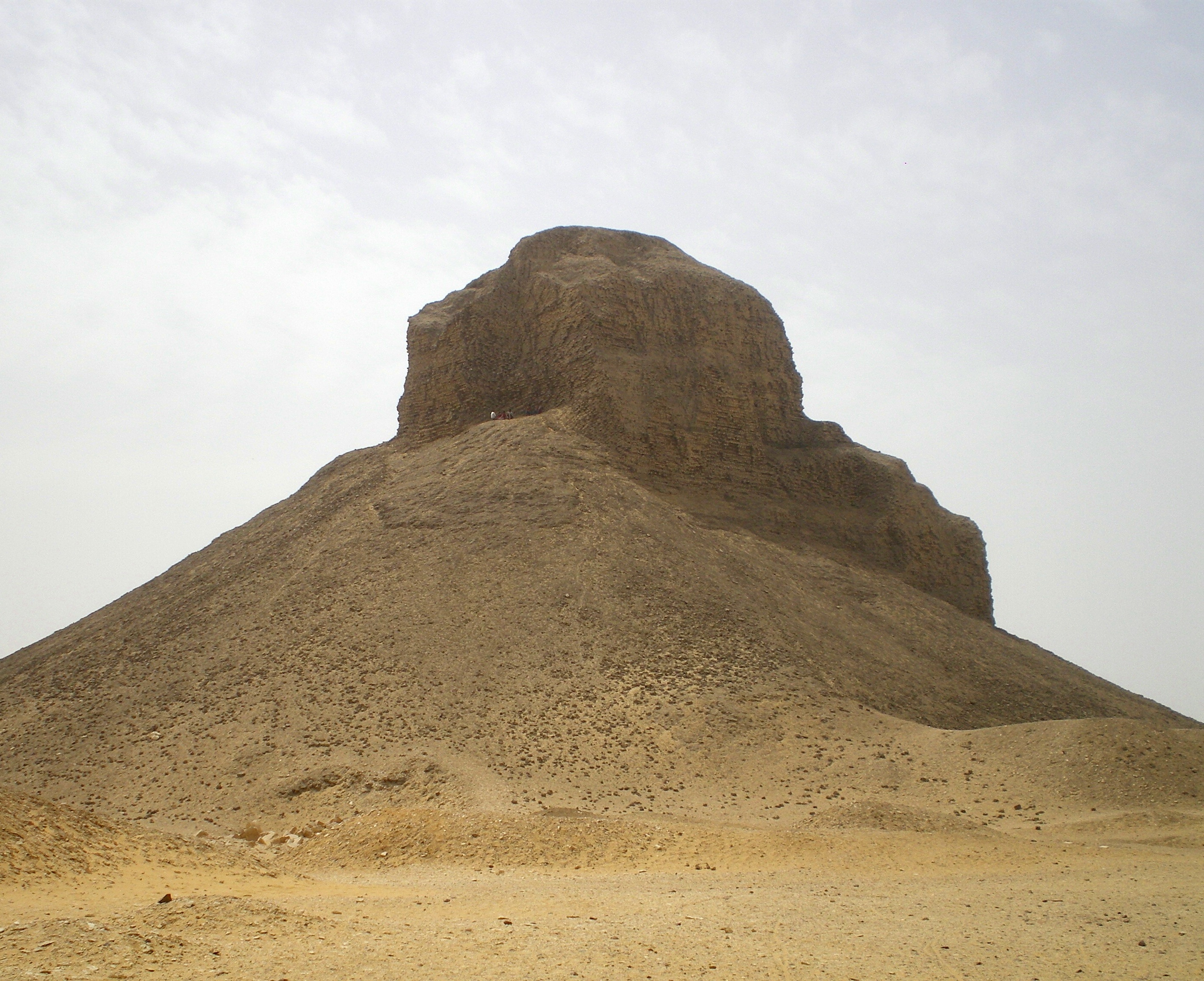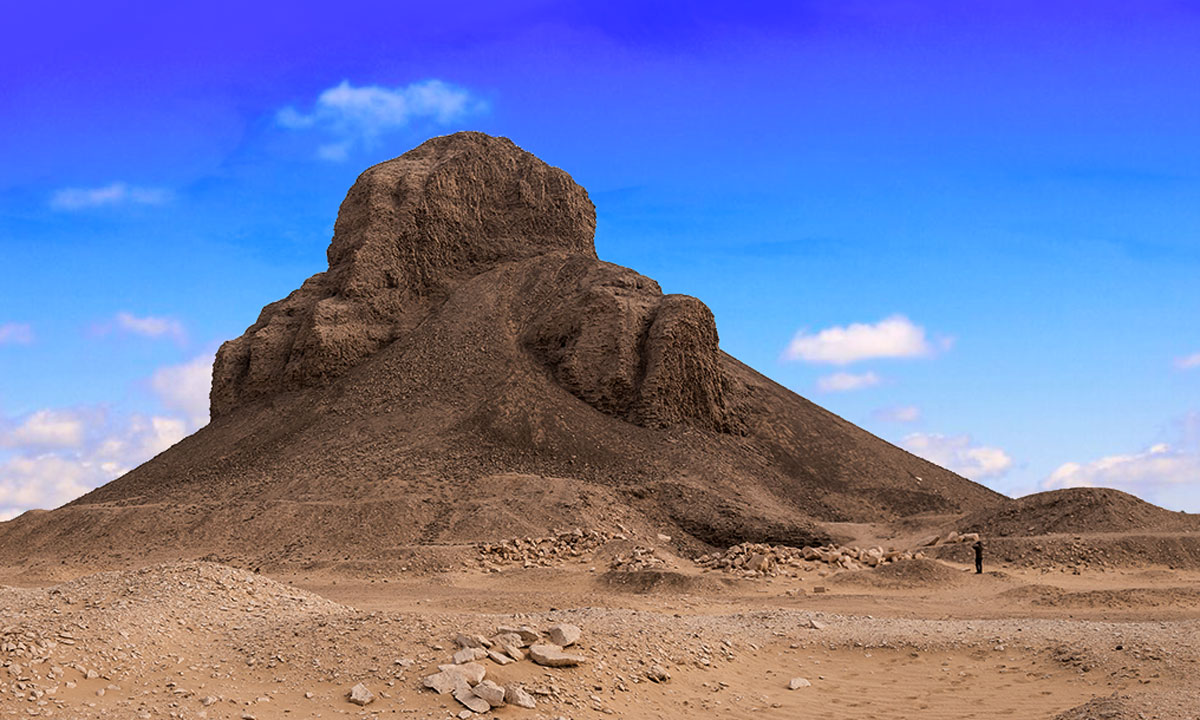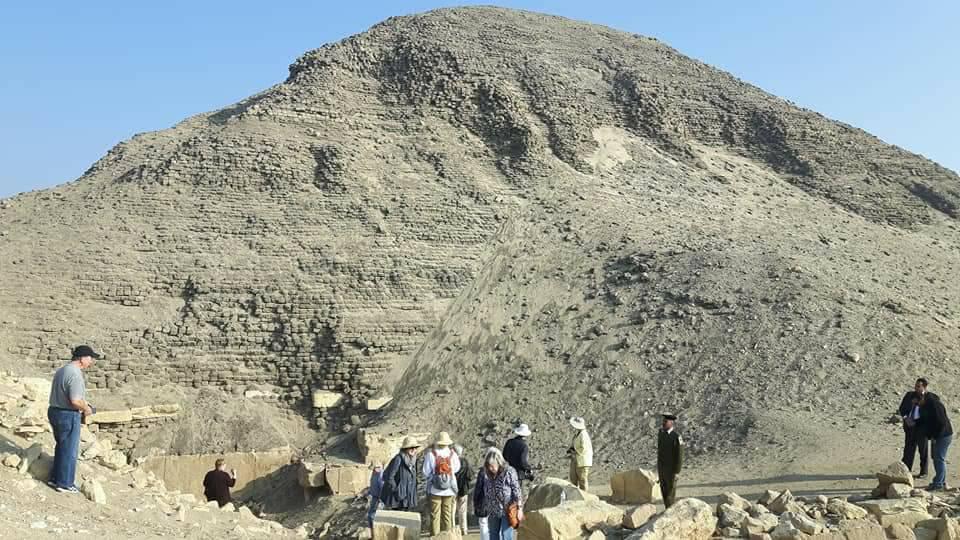The Black Pyramid of Amenemhat III, located in Dahshur, Egypt, stands as a remarkable, albeit decaying, monument of the Middle Kingdom. Built as the tomb for Pharaoh Amenemhat III and his queen, it is significant for its architectural ambition, its use of materials, and its eventual structural decline, which offers key insights into ancient Egyptian building techniques.
A Dual Tomb for King and Queen
Distinct from other pyramids that housed only the pharaoh, the Black Pyramid was intended as a tomb for both Amenemhat III and his queen. This dual burial signifies the importance of royal unity and reflects the pharaoh’s desire for his consort to accompany him in the afterlife.

Architectural Design and Construction Challenges
The pyramid originally stood at 75 meters tall with a base of 105 meters. Its construction materials—adobe, clay, and stone—were not as durable as those used in other pyramids, contributing to its rapid deterioration. Located in a low-lying area just 10 meters above sea level, the structure was vulnerable to groundwater seepage, which weakened the walls and caused cracks to form, resulting in the pyramid’s eventual collapse.

The Deterioration and Archaeological Exploration
Over time, the Black Pyramid began to sag as the materials used in its construction became unstable. Excavations in 1892 by Jacques de Morgan and later in 1983 by the German Archaeological Institute revealed much about the pyramid’s original structure and its decay. Despite its ruined state, the findings helped shed light on the construction techniques and funerary practices of the time.

Cultural and Historical Significance
The Black Pyramid represents a pivotal moment in ancient Egyptian architecture. Unlike earlier pyramids that were built with more resilient materials, this pyramid’s vulnerability underscores the challenges faced by ancient builders. It also highlights the pharaoh’s devotion to his queen, showing a shift toward familial burial practices.
Though in ruins, the Black Pyramid remains a crucial piece of Middle Kingdom history, offering valuable insights into the funerary customs and architectural innovations of Ancient Egypt.

